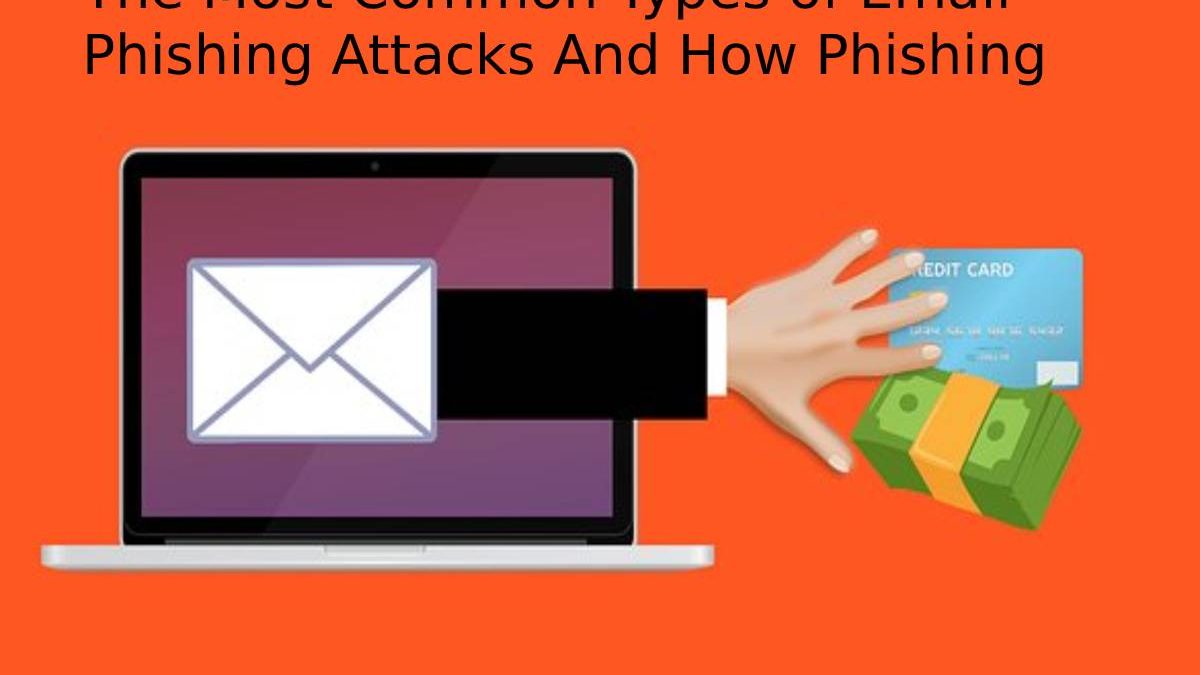Phishing emails are a common attack method used by hackers in order to steal personal information such as social security numbers, passwords and credit card data. Phishing protection is an effective tool to protect against these kinds of attacks.
There are many types of phishing emails that target companies from small-sized businesses all the way up to large corporations. It’s important for people to stay on top of this issue and know how it can be prevented.
Here are some of the most common types of email phishing:
Table of Contents
CEO Fraud or Business Email Compromise
CEO fraud is when a cybercriminal sends, in an email to lower-level employees, typically someone who works in the accounting or finance departments — while pretending to be the company’s CEO. The goal of these emails is often for their victim to transfer funds from one account into another that has been created by this criminal.
Spear Phishing
A spear phishing email is the most personal of all social engineering tactics. Spear Phishers target specific individuals with emails that are tailored to their interests and desires, making them more likely to click on links or attachments in an effort to gain access into a company’s network.
A spear phisher targets specific people within organizations using personalized messages from topics they would be interested in so as not only fooling them but also getting closer than any other form of cyberattack could get.
Whaling
The cybercriminal is able to trick high-level executives into revealing sensitive information and corporate data by using email as well as website spoofing. These people are carefully selected because of their access and authority within an organization, making them a target for these attacks.
These are some more types that are not as common but are still used by cybercriminals:
- Smishing
- Pharming
- Snowshoeing
- Vishing
How Can Phishing Protoection Services Help?
Real-Time Protection
The latest innovations in secure mail services are helping companies avoid email attacks by enabling real-time detection and avoidance of some of the most advanced threats to email security, such as phishing, spam, spoofing and ransomware. Such systems provide key protection from phishing features like anti-fraud data loss prevention (DLP), and sandbox analysis integration for detecting new types of malware that help keep business emails safe from all sorts of cyberattacks.
Integration
Email security systems can be integrated with any email system. When companies choose to use this software, it is seamlessly incorporated into the existing email architecture and doesn’t lose or corrupt data during migration while also being secure from attack.
Eliminating Threats Before They Reach the Inbox
Phishing techniques are getting far more sophisticated as tactics change to adapt to a smarter and more aware user base. Fake login pages look closer to the real thing, with emails themselves starting to appear legitimate in nature.
Stopping malicious email before it reaches your system is one of the most effective ways you can protect yourself from becoming compromised by a misclick on fraudulent links or attachments within these messages. Phishing protection services can help organizations build barriers against such attacks while also providing guidance for how best they should protect their data going forward
Proper Email Control
Advanced email safety systems are designed to keep you safe by removing malware before it reaches your inbox. What this does is isolate users and the endpoint software from viruses that can propagate through a network, avoiding complicated integration between different pieces of hardware/software in an environment.
To Conclude
Phishing protection services can help you get protection from phishing attacks and other email threats. These services can help you reduce their risk with the right security measures in place, such as advanced spam filters that block unwanted emails and protect from phishing before they reach your inbox.

